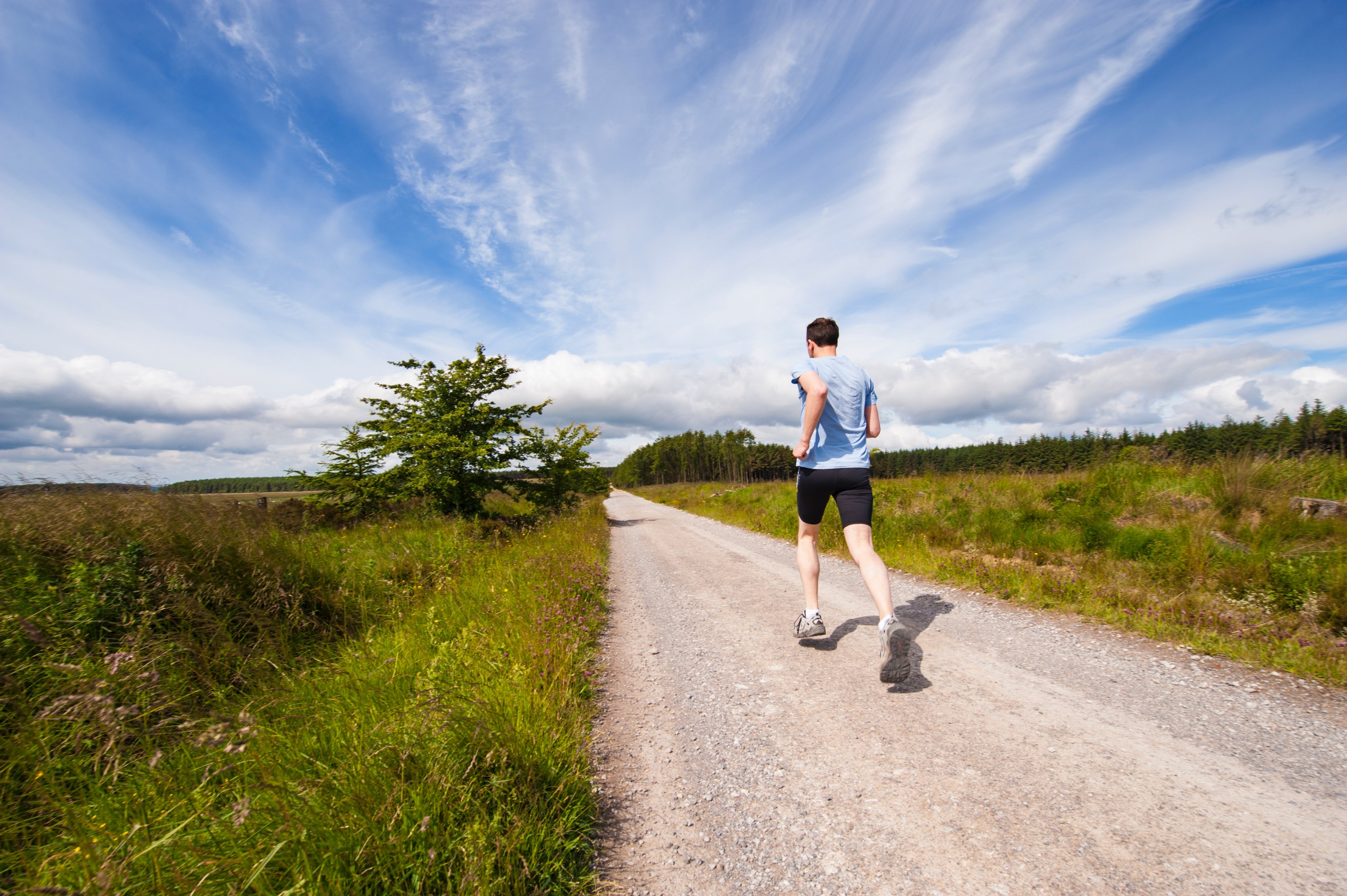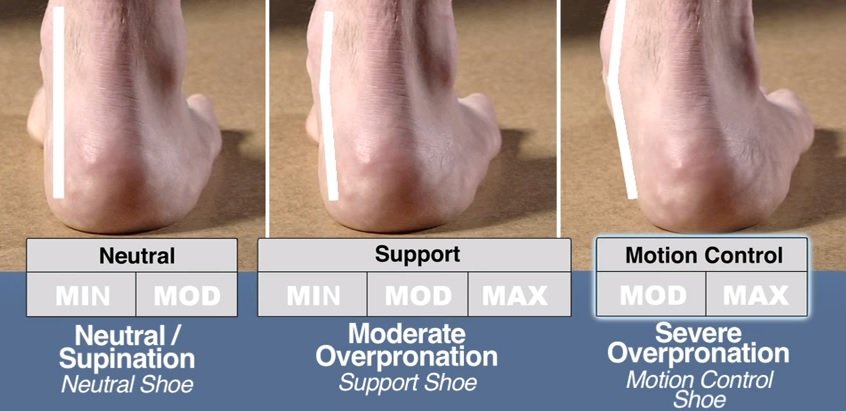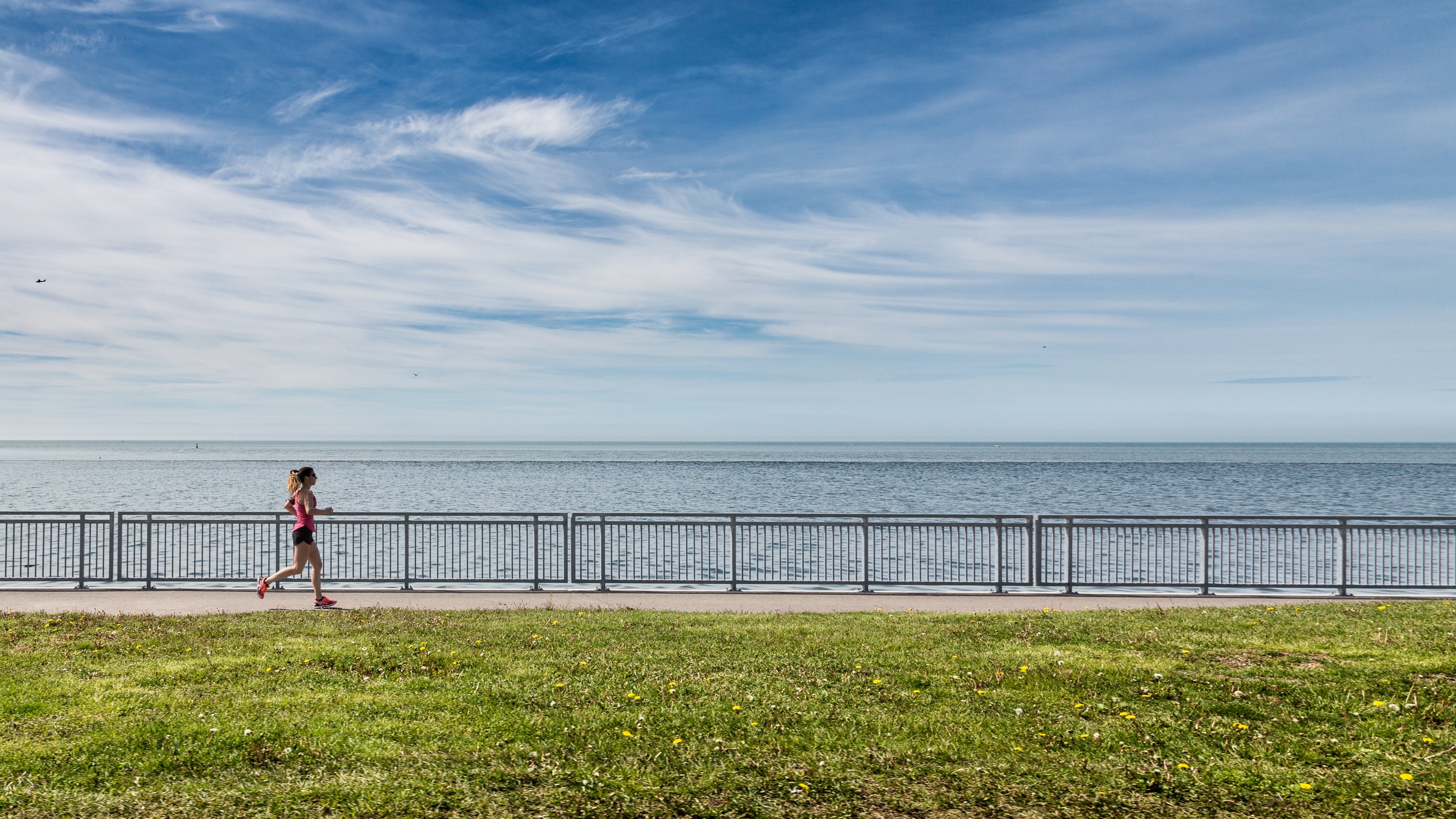Those who have read Manual for wannabe runners - part 1 might already be running your first pieces of training. If so: good for you. If you haven't started yet, today is a good day!
In part 1 I promised to continue this manual and cover some other important running topics like:
- what are possible next steps after the first month of running?
- what running shoes should I buy
- what running gear should I buy?
- how to keep the motivation alive?
In Manual for wannabe runners - part 2 I am focusing on first two of the above bullets: next steps and running shoes.
So let's discuss the next steps, shall we? Oh, yes: before I continue I repeat a "disclaimer" from part 1: there is no one correct approach to any of these topics. I will share what worked for me.
OK: let's go!

Photo by Jenny Hill on Unsplash
First month of regular running is getting to an end... what is next?
Somewhere in the 4th week of training, it's time to decide whether recreational runs a few times a week are what your body and soul were looking for or are you looking for additional challenges. I would say there are 3 possible conclusions or continuations after first month of running:
1. You like running and you will try to improve and race
Best way to check is to apply for a 5 km or 10 km recreational run and see how this work for you. If you will like a bit of competitive and social component in running - this is great and you will maybe choose to do it participate other races as well.
2. You like running but no specific goals or aspirations are added
Another option - great as well - is to stay in a "pure relaxation run mode". So, you have no racing aspirations, no personal bests... you just run a few times per week for your body soul and this is it.
3. Running is not for me (or not yet)
The third option - and nothing wrong with it either - is that after 4 weeks you find out that running is not so much for you (we are all different and not everything is for everyone). It is also possible that it is just not the right period in your life and you might try it again later in your life. Totally OK as well!
The purpose of the initial month training plan was mainly for you to form a habit. And at the same time to go through a trial period, after which you will be able to judge what your further running path will be. In one month it is very likely that you will notice first direct and indirect positive effects of running. Judgement how to proceed is always yours!
Let's assume that you like your first attempts at running and you would like to continue. For short distances in first month almost any running shoes can do. But if you intend to continue your running journey, it is time to make sure that you run in the right pair of running shoes!
How to find the right running shoes?
Finding the right running shoes might take a bit of an effort but it is totally worth it!
In general, running is a cheap sport and the only more relevant investment are usually optimal running shoes. What do I mean with optimal? Well, the running shoes you wear should be the right one for you from the following aspects:
- pronation level
- type of shoe
- type of surface
- size and shape
- where and how to buy and
- does the brand matter?
Let's go through all the aspect step by step.
1. Pronation level
Let's start with the type of feet. Each person has a certain level of pronation while running and to find optimal running shoe that will support your feet in the right spots and give it exactly the right cushioning and stability. This is very well explained in this video made by Running Warehouse video: Pronation & Shoe Selection
Now that you know how to measure and define what is your level of pronation is, go to the running gear shop (online or the real one) and ask for /choose the right type of shoe, which can be one of the following:
- neutral running shoes (designed for neutral pronation or supination)
- support running shoes (designed for moderate overpronation)
- motion control running shoes (designed for severe overpronation)

Source: print screen from Runners Warehouse video
2. Shoe type
When you know whether you are looking for neutral, support or motion control shoes, you can do a step further and decide whether you will choose running shoes that are:
- standard
- premium
- performance or
- racing.
See details explained on these sub-groups of running shoes in the Running Warehouse video: How To Select a Running Shoe Type.
For the beginners standard or premium will work just fine.
3. Surface on which you will mostly run
There are also further sub-divisions of running shoes based on the running surface that you usually run on (road, trail, etc.).
For the beginning choose universal (road/trail) running shoes. Unless you know that you will always run only on road or only on trails. In later case, buy specific type for specific surface.
4. How to buy the right size and shape of running shoes?
Last but not least: you have to have the right size of running shoes. Please see it explained in another informative and well done Runners Warehouse video: What's my size?.
Important take away: running shoes should be big enough (have enough space between your longest toe and end of shoe)!
5. Where and how to buy?
To find the right running shoes takes some time only when you are looking for your first "serious" pair. Experience and know-how will accumulate with mileage and next pair will be much easier to buy.
You can avoid the majority of this work with choosing if you go to a good, specialized running shoe store that will help you and advise you on choosing your right pair.
If you are more of an "I like to analyze, decide and choose by myself" type of person, Runners Warehouse learning center can help you find your pair of shoes online and you can order it there or wherever is to your liking. As you might have guessed it: I trust European Running Warehouse online shop (EU). Before this one existed, I used the American Running Warehouse. Both are reliable, swift, professional and they have a very good variety of shoes and other gear in the offer.
6. Does the brand matter
I do not know if you noticed, but so far I have not mentioned any running shoe brands. I developed certain trust towards specific running shoe brand but I stayed opened to try new brands from time to time. Make sure that when choosing the running shoes you always follow aspects like pronation, type of shoe and type of surface and only after the shoes fit your specific needs decide upon the brand, color, and price.
I can share: I started to Nike, was several years (more than 10) fan of Pearl Izumi running shoes. I was buying exclusively their shoes. They were great and now issues ever, whatsoever... but they stopped producing them, so now I am a running in Hoka One One running shoes. I am more open-minded these days regarding the brand of shoes and my next pair might be trying out a new Adidas pair.

Photo by Filip Mroz on Unsplash
Is that all?
In next part of Manual for Wannabe runners - part 3 I cover:
- what other running gear should I buy?
- how to keep the motivation alive?
As I always say:
... do try to run today if you can... running is the universal cure for almost anything...
Thank you for reading!
Looking forward to your comments, questions and your own experiences about running!
My other posts:
Daily runs (each day new post) on @dailyrunner
Are you moving to a new home or do you have too much stuff? Optimize and minimize!
How I started to run or can a workaholic and sedentary couch potato become a marathon runner?
2018 is here! Any New Year's resolutions? And who am I to write about this?
Last but not least... since this is a post about running, I have to add:
I am honored, happy and proud to be part of Runningproject.
Join this nice project if you are a runner on Steemit!
Isotonic can help you run "regenerate" after your run!
